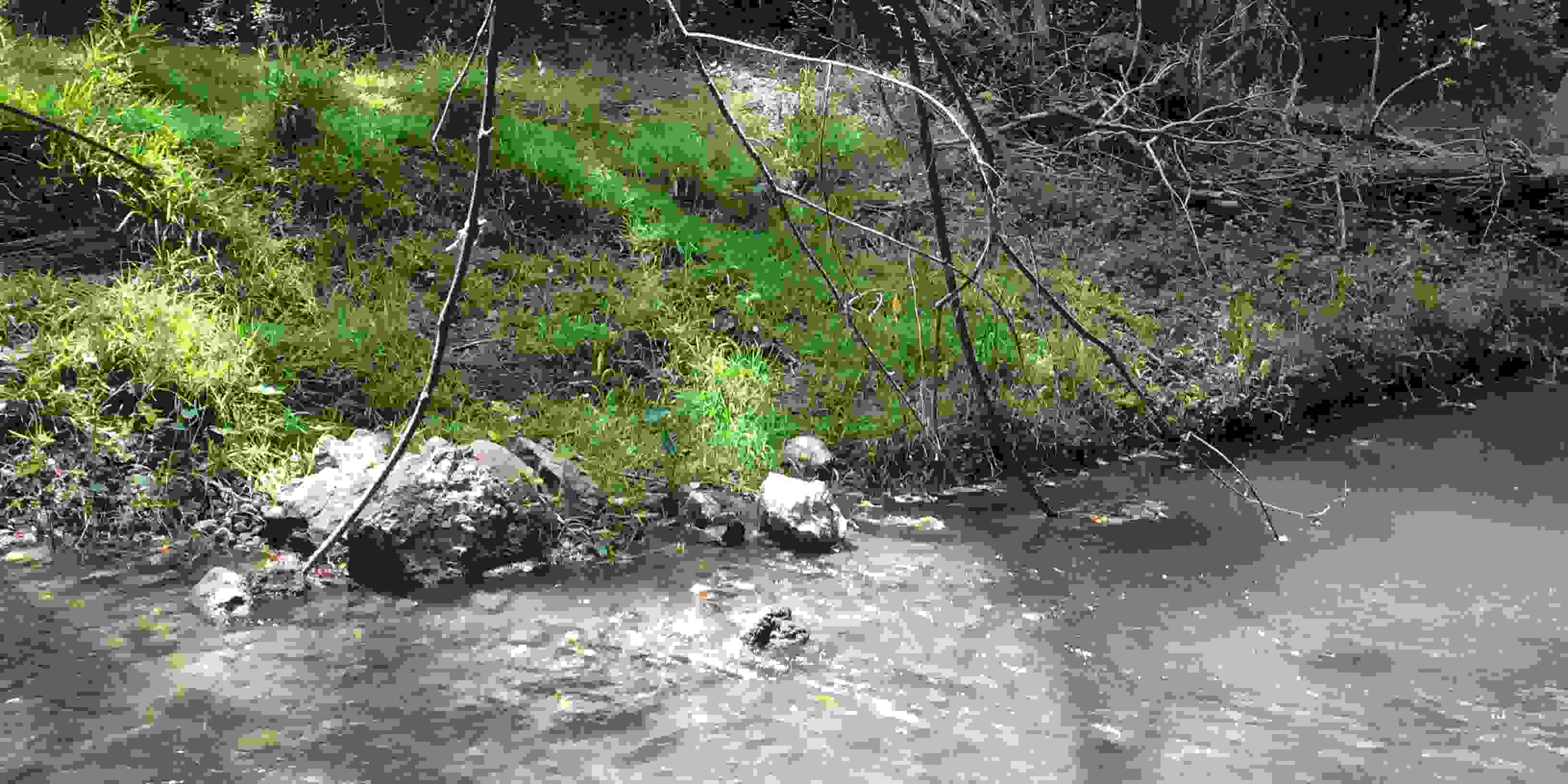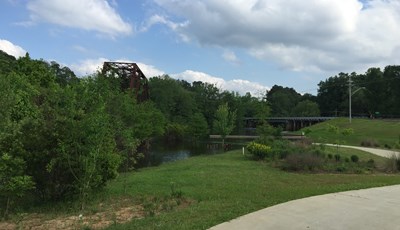Even in cities, amidst the tall buildings, fast cars and busy people, there are still natural resources that need protection — particularly urban riparian areas, according to Nikki Dictson, Texas Water Resources Institute (TWRI) Extension program specialist. These vegetative buffers found along rivers and streams are complex ecosystems that include the land, plants, animals and network of streams within them.
Riparian and natural resource professionals discussed current innovations and issues in riparian restoration and management at the Urban Riparian Symposium Feb. 11-13 in Austin. The symposium was hosted by TWRI, Texas Riparian Association, the city of Austin, Texas Parks and Wildlife Department, Texas A&M Forest Service and Upper Trinity Regional Water District and included more than 55 presentations, 11 posters and three workshops.
Natural resource and water agencies’ staff, river authorities’ staff, policy makers, managers, landscape architects and engineers were among the 213 professionals attending, said Dictson, who organized the symposium. She said having professionals of various backgrounds helped make the event a success.
“Successful riparian projects require expertise from many different disciplines, so our goal was to help bring them all together to collaborate and discuss at one meeting,” Dictson said.
Keynote speaker Dr. Peter Groffman, a microbial ecologist with the Cary Institute of Ecosystem Studies, covered the impacts of urbanization on riparian soils and hydrology. Other presenters discussed management of riparian areas, policies associated with protecting riparian areas, outreach and education, restoration projects and case studies, Dictson said.
“We wanted to have interactions and discussions on urban riparian issues that everyone is facing, to discuss how these projects could become more effective, efficient and successful in Texas,” she said.
Dictson said the 30-minute moderated discussion sessions, which occurred after concurrent sessions, led to productive conversations about lessons learned, data gaps, outreach and management strategies. This also led to more networking opportunities and interaction between researchers and practitioners, she said.
In addition to presentations, the symposium also facilitated a poster session, receptions and workshops. The workshops covered grant writing for urban riparian projects, managing riparian restoration in urban areas and managing vegetation in stream restoration projects.
To learn more, visit the Texas Riparian Association website.


